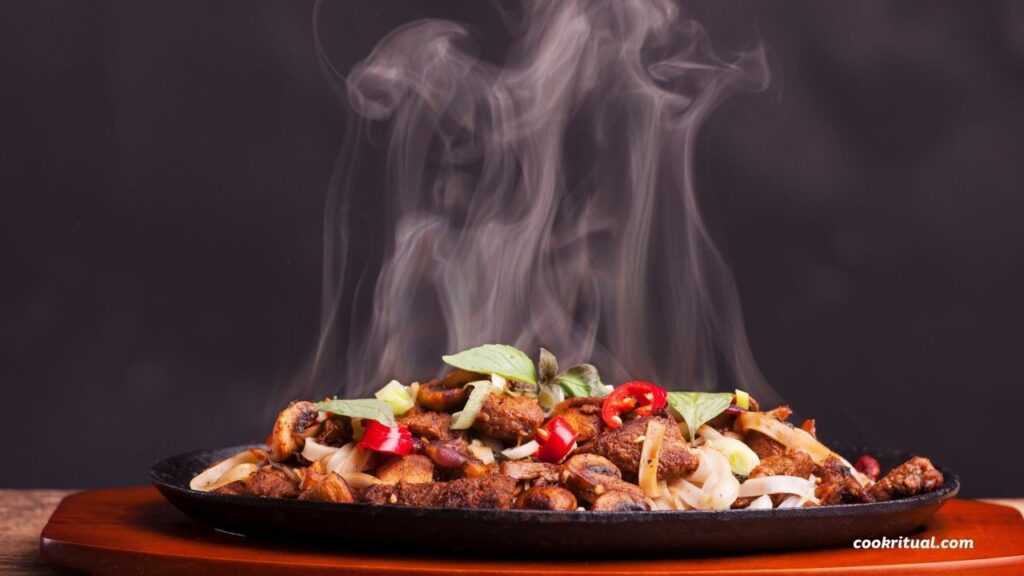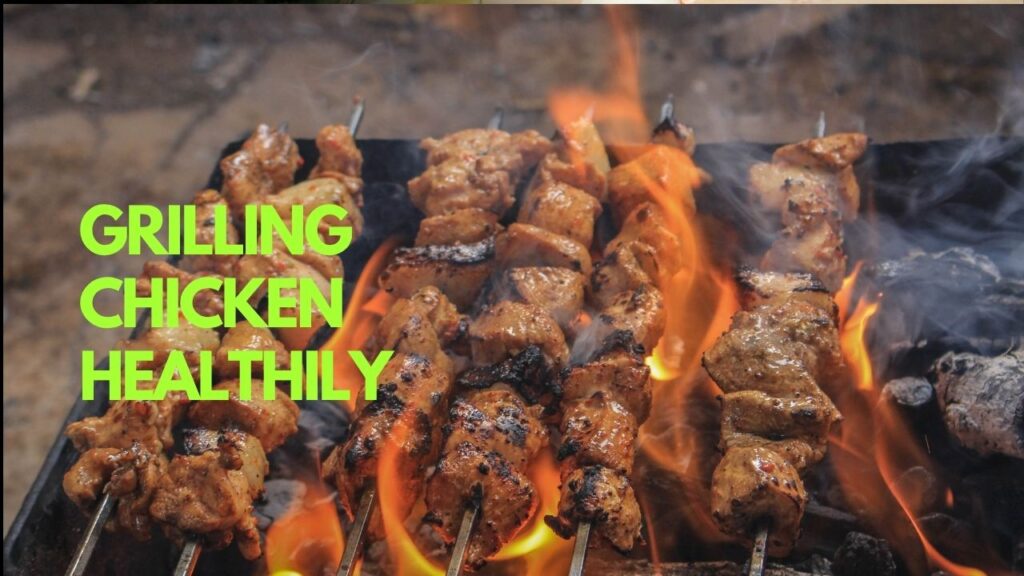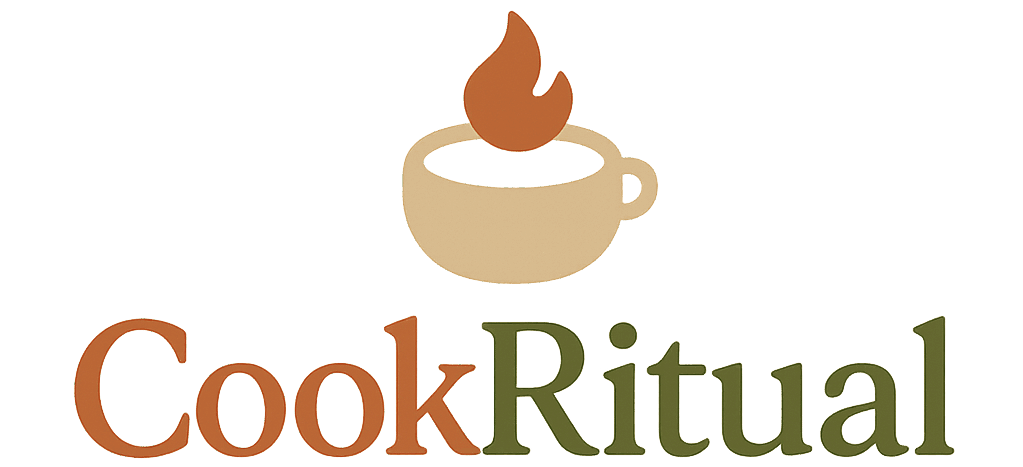For anyone aiming to eat clean, manage weight, or simply enjoy more nutritious meals, how we prepare our food matters just as much as what we put on our plate.
We’ve all been there—standing in the kitchen, staring at a pack of chicken breasts, wondering how to cook them without drowning them in oil or drying them out. With endless choices from frying and grilling to sous vide and air frying, it’s easy to feel unsure about which method supports a healthy lifestyle the best.
In this guide, we’ll break down each of the healthiest chicken cooking methods, compare them side by side, and share tried-and-true tips from years of real-life kitchen experience. Whether you’re meal prepping for the week or whipping up a quick dinner after work, we’ll help you make smarter choices—without sacrificing flavor.
Contents
Understanding Healthy Chicken Cooking Methods
Poaching Chicken
Poaching is one of the gentlest ways to cook chicken. It involves simmering chicken in water or broth at a low temperature. This method doesn’t need oil, so it keeps the fat content low. It’s perfect for making tender, juicy chicken with no extra calories.
Here’s how to do it:
- Place chicken in a pot and cover with water or low-sodium broth.
- Add herbs like thyme or rosemary for flavor.
- Bring to a light simmer, not a boil.
- Cook for about 15–20 minutes until the chicken reaches 165°F.
Poaching helps retain more nutrients than high-heat methods. It also works great for meal prep and shredding.
Steaming Chicken

Steaming is another top pick for healthy cooking. Like poaching, it doesn’t use added fat. Chicken is placed over boiling water so the steam cooks it gently. This method keeps moisture in and protects nutrients.
To steam chicken:
- Use a steamer basket or an electric food steamer.
- Cut chicken into smaller pieces for faster cooking.
- Steam for 15–20 minutes or until fully cooked.
Steaming vegetables and meats is one of the best ways to preserve water-soluble vitamins like B and C.
Baking Chicken
Baking is a classic, easy method that fits well into healthy cooking. It uses dry heat and doesn’t need much oil—just a light brush to prevent sticking.
How to bake healthy chicken:
- Preheat your oven to 375°F.
- Place chicken in a baking dish or on a sheet pan.
- Use herbs, spices, and lemon juice for flavor.
- Bake for 25–30 minutes or until internal temp is 165°F.
Baking doesn’t produce harmful compounds like deep-frying can. It also gives a nice texture without extra fat. For added health benefits, choose skinless cuts or remove the skin after cooking.
Grilling Chicken Healthily

Grilled chicken is tasty and low in fat, but it comes with a few concerns. High heat and flames can produce compounds like HCAs and PAHs, which may be linked to cancer.
To grill safely:
- Marinate chicken before cooking. Marinades with vinegar or lemon can lower HCA formation.
- Grill over lower heat and avoid burning the meat.
- Flip chicken often to reduce charring.
Using these tips lets us enjoy grilled chicken’s flavor without the health risks.
Sous Vide Chicken
Sous vide is a method where chicken is sealed in a bag and cooked in warm water. The temperature stays steady, usually around 140–165°F.
Why sous vide works well:
- It keeps the chicken moist and evenly cooked.
- It keeps most of the nutrients in.
- There’s no need for added oils or fats.
We suggest using a thermometer or sous vide machine for safe and accurate cooking.
Air Frying Chicken
Air frying is a newer method that gives you a crispy texture without deep-frying. It uses hot air to cook food with very little oil.
Benefits of air frying:
- Cuts fat by up to 70–80% compared to deep frying.
- Short cooking time (15–20 minutes).
- Easy cleanup.
According to Cleveland Clinic, air frying is much healthier than traditional frying and keeps chicken lower in fat and calories.
Comparing Cooking Methods: Pros and Cons
Let’s look at how each cooking method compares. This table shows fat content, calories, nutrient retention, flavor, and cooking time.
| Method | Fat Content | Calories | Nutrient Retention | Flavor Profile | Cooking Time |
| Poaching | Very Low | Low | High | Mild, juicy | 15–20 min |
| Steaming | Very Low | Low | Very High | Clean, tender | 15–20 min |
| Baking | Low | Medium | Moderate | Savory, crisp | 25–30 min |
| Grilling | Low | Medium | Moderate | Smoky, bold | 10–15 min |
| Sous Vide | Very Low | Low | Very High | Moist, clean | 1–2 hrs |
| Air Frying | Low | Low | Moderate | Crispy, light | 15–20 min |
Each method has its place in a healthy kitchen. It depends on what we value—speed, taste, or nutrient retention.
Practical Tips for Healthy Chicken Cooking
Safe Cooking Temperatures
Always cook chicken to an internal temperature of 165°F (74°C). This ensures harmful bacteria like Salmonella are killed. Use a meat thermometer for accuracy.
Tips for safe cooking:
- Insert the thermometer into the thickest part of the meat.
- Avoid touching bone, as it gives a false reading.
- Let chicken rest for 5 minutes before cutting to keep it juicy.
Healthy Marinating Techniques

Marinating adds flavor and can make chicken safer to grill. Skip heavy sauces and go for simple, healthy mixes.
Try this marinade:
- 2 tbsp olive oil
- Juice of 1 lemon
- 2 garlic cloves, minced
- 1 tsp dried oregano
- Pinch of salt and pepper
Marinating for 30 minutes to 2 hours works well. According to Harvard Health, herbs and spices can boost the health value of meals while lowering salt needs.
Meal Prep Strategies
Chicken is great for meal prepping. It holds up well in the fridge or freezer and works in many dishes.
Prep tips:
- Cook large batches and portion into airtight containers.
- Store in the fridge for up to 4 days, or freeze for up to 3 months.
- Use steamed or baked chicken for salads, wraps, or stir-fries.
Prepping ahead saves time and helps us stick to healthy eating all week long.
Frequently Asked Questions (FAQs)
Is it safe to eat pink chicken?
No, chicken should never be pink inside once fully cooked. The only reliable way to tell if it’s safe is by using a food thermometer. The USDA says the internal temperature should be at least 165°F. Sometimes cooked chicken might still look a little pink due to the way muscle proteins react, but if the temperature is right, it’s safe to eat.
Can I cook chicken from frozen?
Yes, it’s possible to cook chicken from frozen, but you must be extra careful. The USDA says it’s safe as long as it reaches 165°F. You’ll need to increase the cooking time by about 50%. Avoid slow cooking frozen chicken, as it may sit in the “danger zone” for too long where bacteria can grow.
Should I rinse chicken before cooking?
No, rinsing chicken is not recommended. It can spread harmful bacteria like Salmonella or Campylobacter around the kitchen sink and countertops. Cooking chicken to the right temperature is what kills germs—not water.
How does the cooking method affect protein content?
Good news: cooking methods don’t destroy protein. Whether we poach, steam, grill, or bake, the amount of protein stays about the same. What changes more is the fat content and how many vitamins or minerals are lost during cooking. So, focus on methods that use less fat and protect nutrients.
Related Products and Tools
To make healthy cooking easier, the right kitchen tools can make a big difference. Here are some must-haves that can help us stick to better cooking methods.
| Tool | Purpose | Recommendation |
| Digital Meat Thermometer | Ensures safe, accurate temperature | ThermoPro TP03 |
| Steamer Basket | Easy way to steam chicken and veggies | OXO Good Grips Stainless Steel Steamer |
| Air Fryer | Cuts oil use by 70–80% | Ninja AF101 Air Fryer |
| Sous Vide Machine | Precise, low-temp cooking | Anova Culinary Sous Vide Precision Cooker |
| Glass Storage Containers | Safe storage for meal prep | Pyrex 10-Piece Meal Prep Set |
These tools are easy to find, user-friendly, and budget-conscious. Even one or two can take our healthy cooking to the next level.
Actionable Recommendations
Here’s what we can take away from all this—and how to start making smarter choices in our kitchen today.
- Choose the right method: Steaming, poaching, and baking are top picks for healthy cooking. They need little to no oil and keep nutrients intact.
- Avoid high-risk methods: Limit deep frying or grilling over high flames to avoid added fats and harmful compounds. If grilling, use marinades and avoid burning.
- Always check doneness: Use a food thermometer to make sure chicken hits 165°F. This keeps us safe and keeps the meat juicy.
- Use simple, natural flavor boosters: Lemon juice, herbs, garlic, and spices can add big flavor without extra salt or fat.
- Prep ahead: Cook chicken in bulk using healthy methods, then portion and store for easy meals all week.
Healthy eating doesn’t mean bland food or long hours in the kitchen. With the right methods and tools, we can enjoy tasty, nutritious chicken meals that support our goals—whether that’s weight control, heart health, or just feeling good after dinner.

